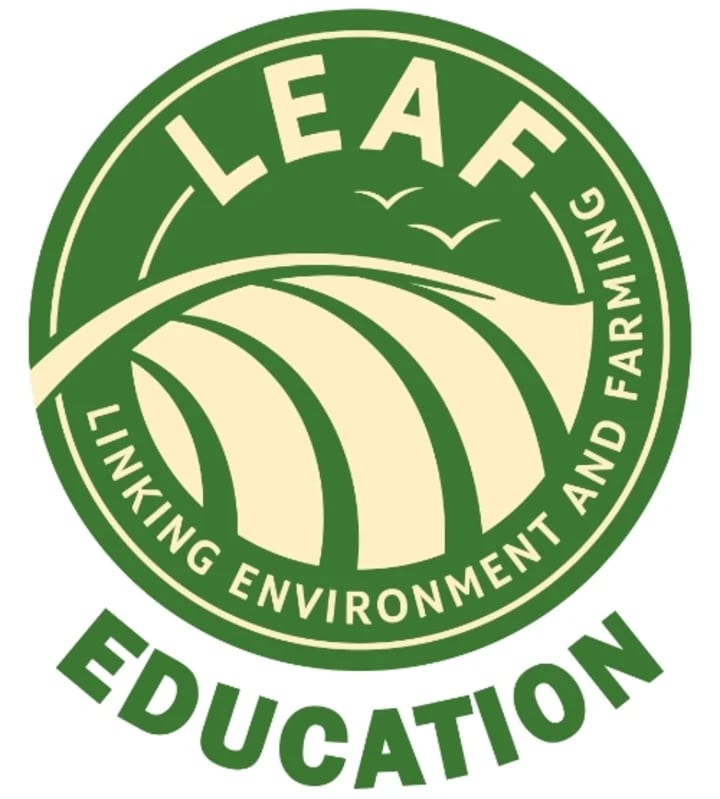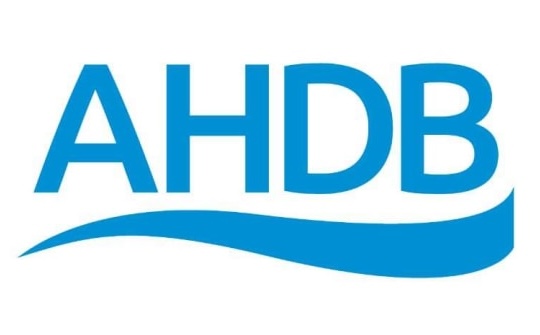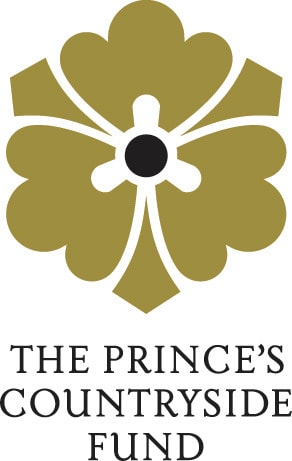What is a River? - Rivers start from a source usually at the highest point in a region (perhaps a bog, spring, or mountains) and flow downstream. They form channels with a bed and banks which change shape depending on the velocity of the water and properties of the geology they cut through. They erode the land - slice gorges into rock, carve out valleys and race and tumble in rapids and waterfalls. They move towards the sea and continue to grow, being joined by tributary streams, more rainfall and run off from the surrounding land. As they approach their mouth where they flow into expansive bodies of water – seas, oceans or lakes – they lose energy, deposit sediment, and broaden out into wide, meandering and lazy waterways.
Why do Rivers matter? - Rivers have been important to people throughout history and the towns and great cities of Britain grew up around rivers. Rivers provided boundaries and defensive barriers as well as essential arteries for trade and transport. They revealed rich seams of geological resources – silver, tin, coal, iron and clay. They delivered bounties of freshwater protein from fish and provided energy to turn the wheels and mills that kick-started the industrial revolution.
Rivers are inspiring, sometimes dangerous, endlessly fascinating and ever-changing places. They offer teachers with opportunities to engage and delight their students. They are places to learn about geography, geology and history; to observe animals in their habitats; to collect samples and data for fieldwork and to inspire creative writing and art. They are important local places where young people can get involved in conservation, improve their local environments and feel proud of where they live.
River Resources - Canal & River KS2 Planning Document – Provides teaching ideas, learning objectives and resources which cover History, Maths, Geography, Science and Art & Design/Technology.
Water Birds – Discover the six most common birds found on our canals and rivers, including information about classification, their key features, habitats, feeding habits and life cycles.
River Habitat Pack - A variety of activities allowing pupils to explore concepts such as habitats, making and using identification keys, water quality, life cycles, adaptation, food chains and conservation.
Landscape Poetry – Use elements of this Geography Skills pack to inspire pupils to write about a local river. Have students use a local river as inspiration for landscape poetry and create a river celebration board in schools to display their work.
Unlocking the Severn for People and Wildlife - The Severn Rivers Trust, and partners at the Canal & River Trust and the Environment Agency, are starting a large and ambitious project funded by the Heritage Lottery Fund and EU LIFE programme. We plan to revitalise the River Severn and help endangered twaite shad fish to access their historic spawning ground. In the 1840s Victorians built navigation weirs that prevented shad from migrating upstream and reduced connectivity for other river species. Today modern engineering works on these structures will allow shad to return up the river.
Project delivery is planned for 2018, and the education and volunteering programmes will offer lots of exciting opportunities for schools and young people around the river to get involved. Please don’t hesitate to get in touch if you have any ideas to share or questions about our work.














